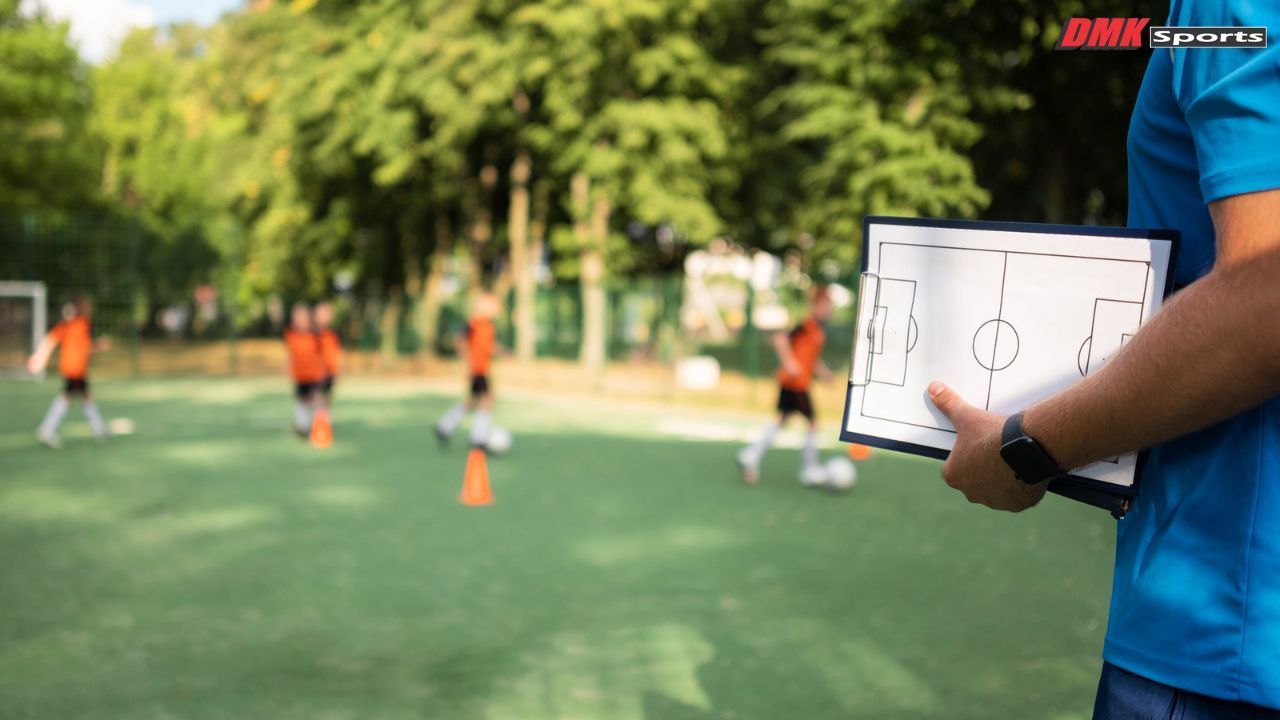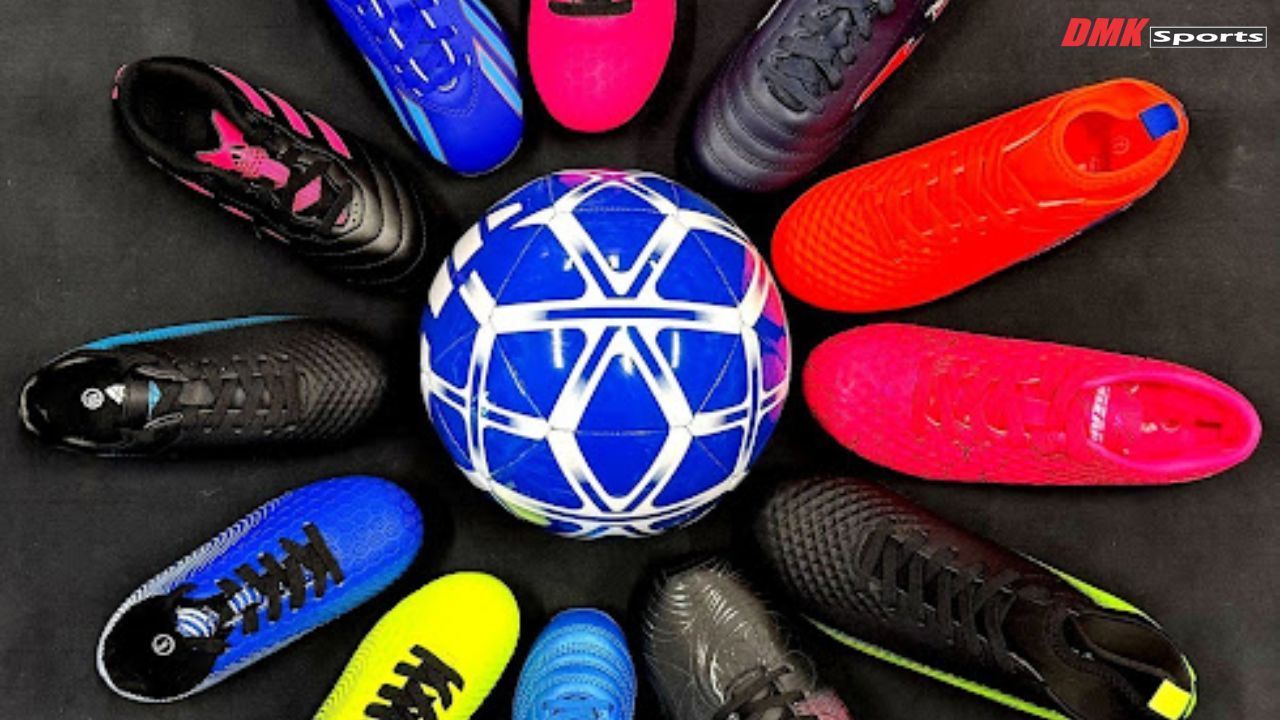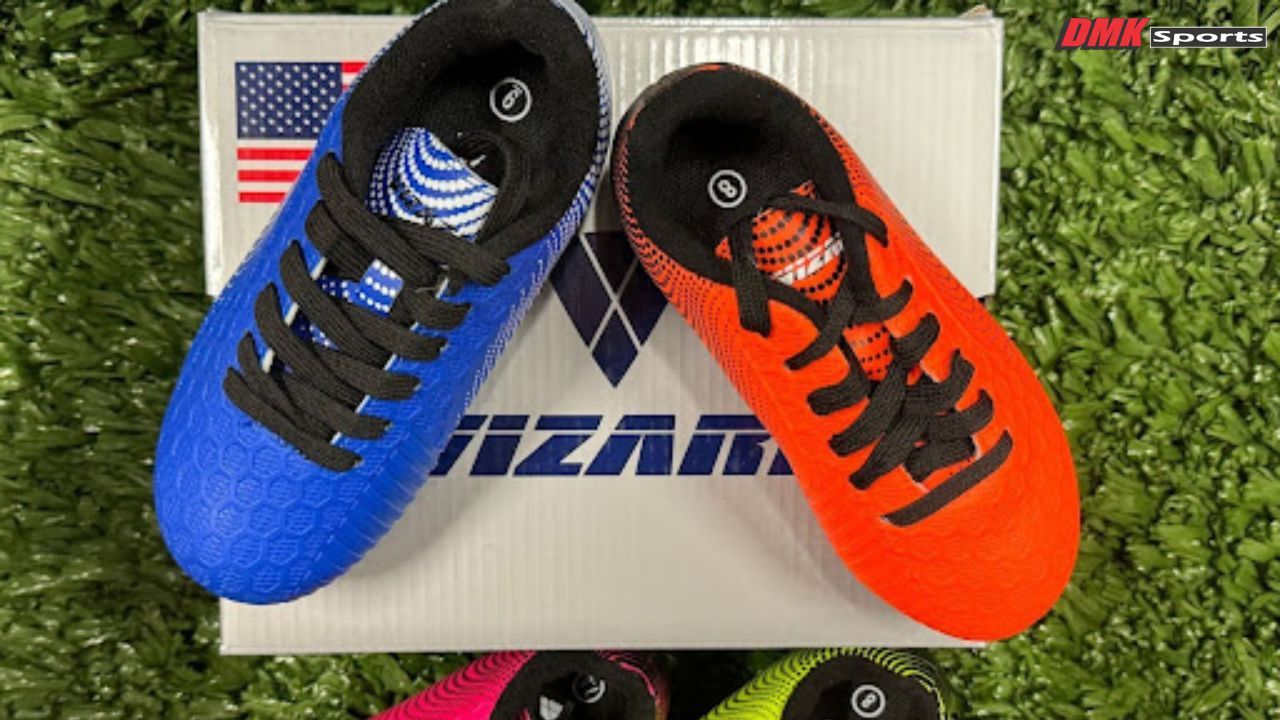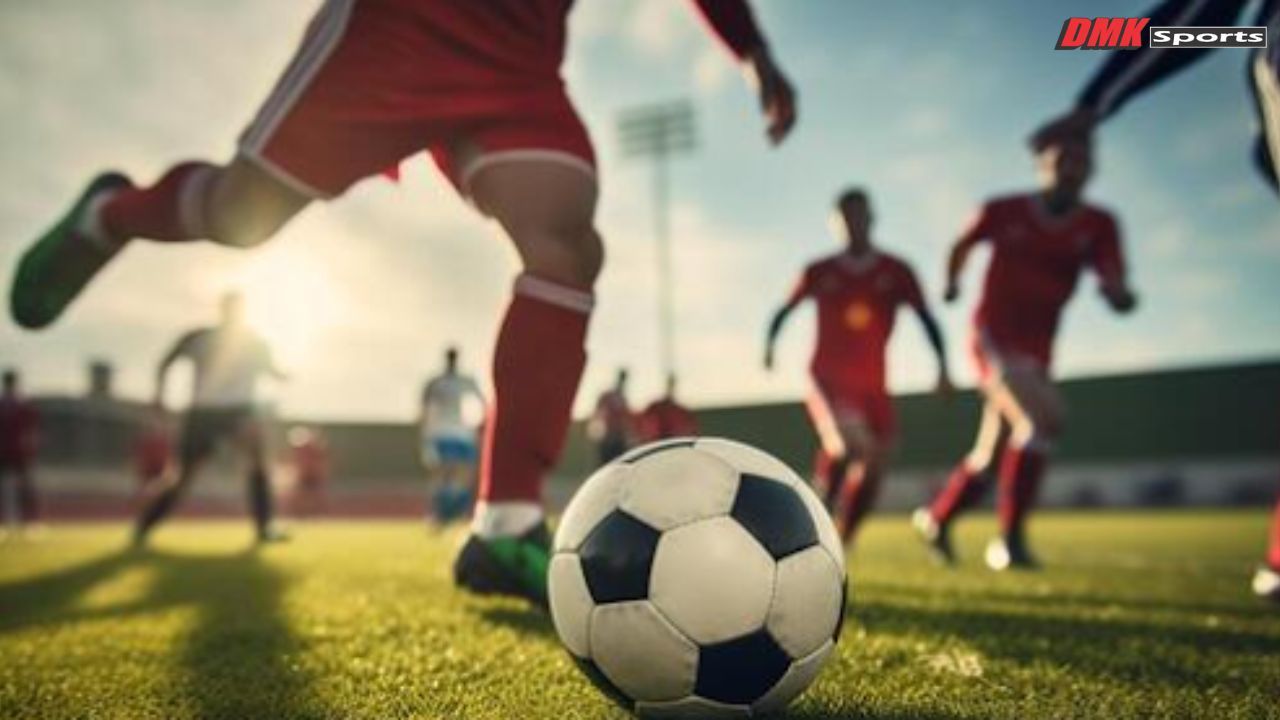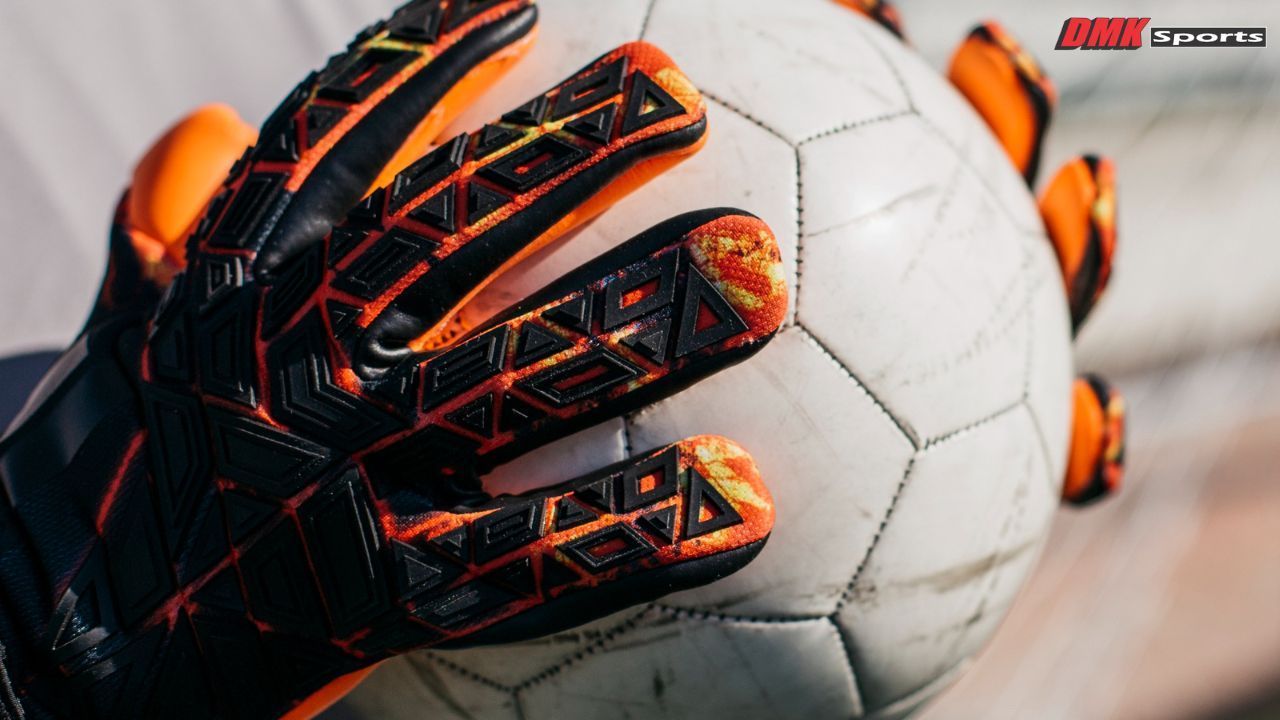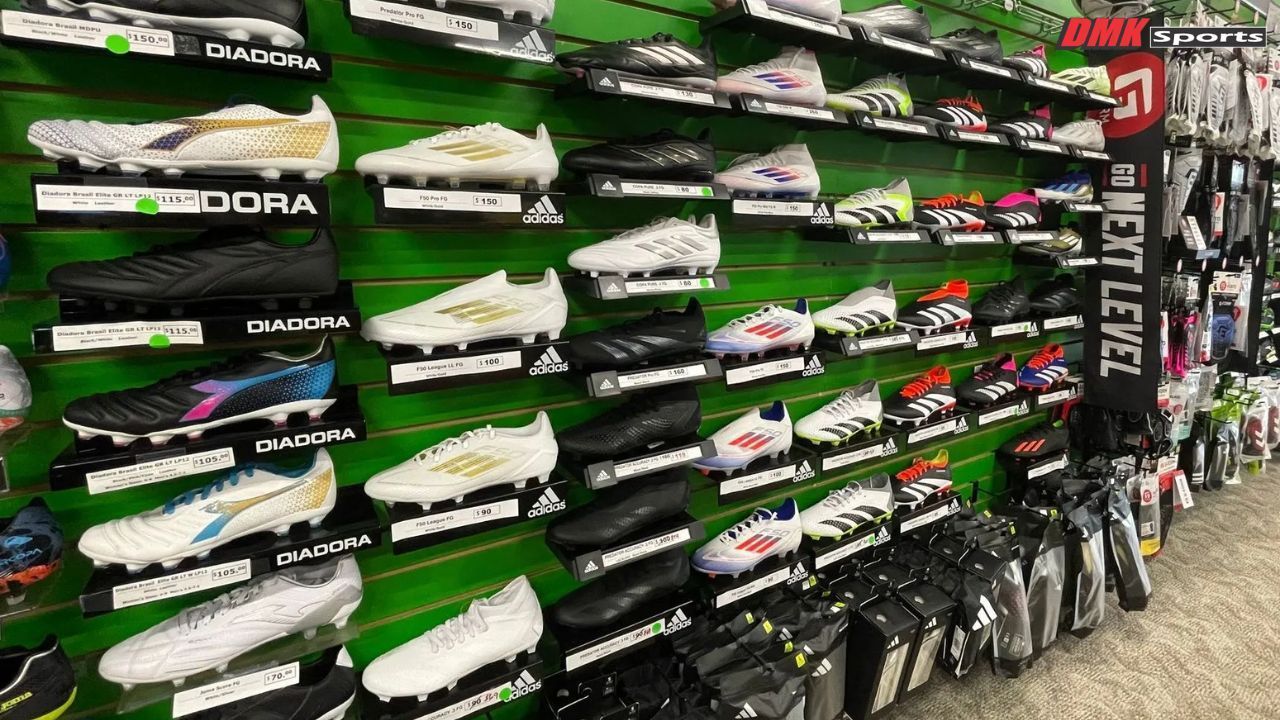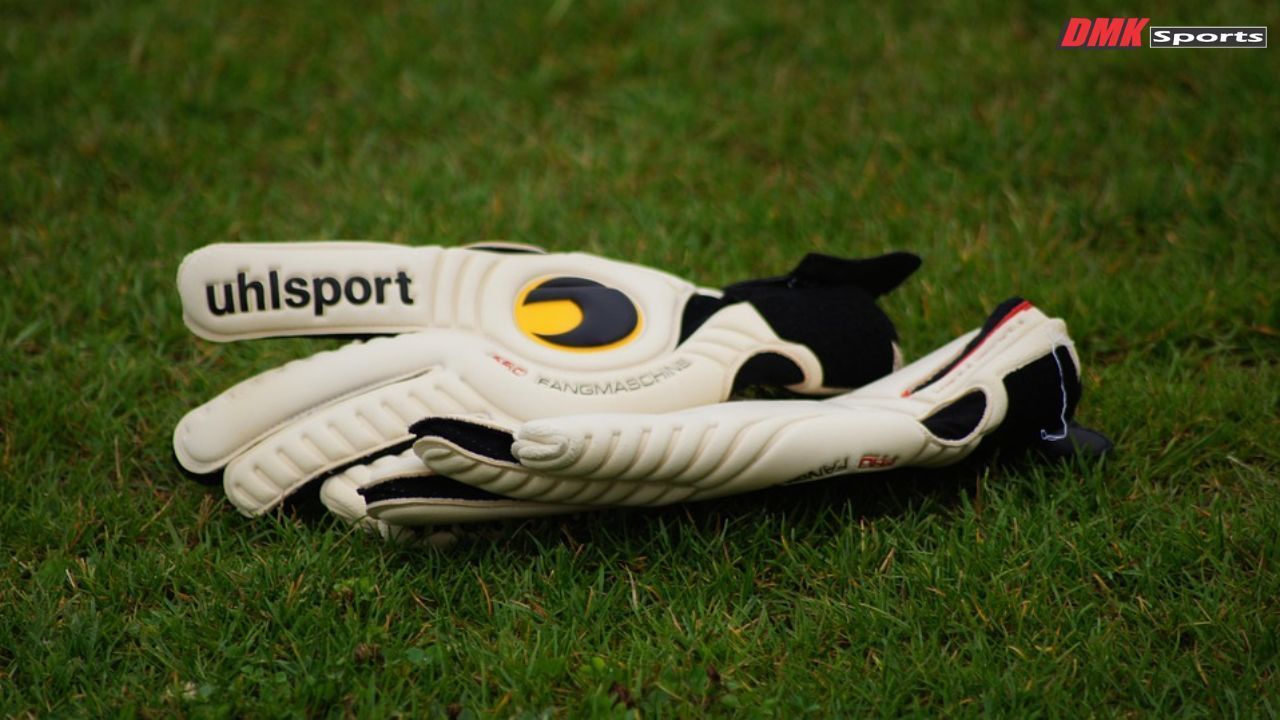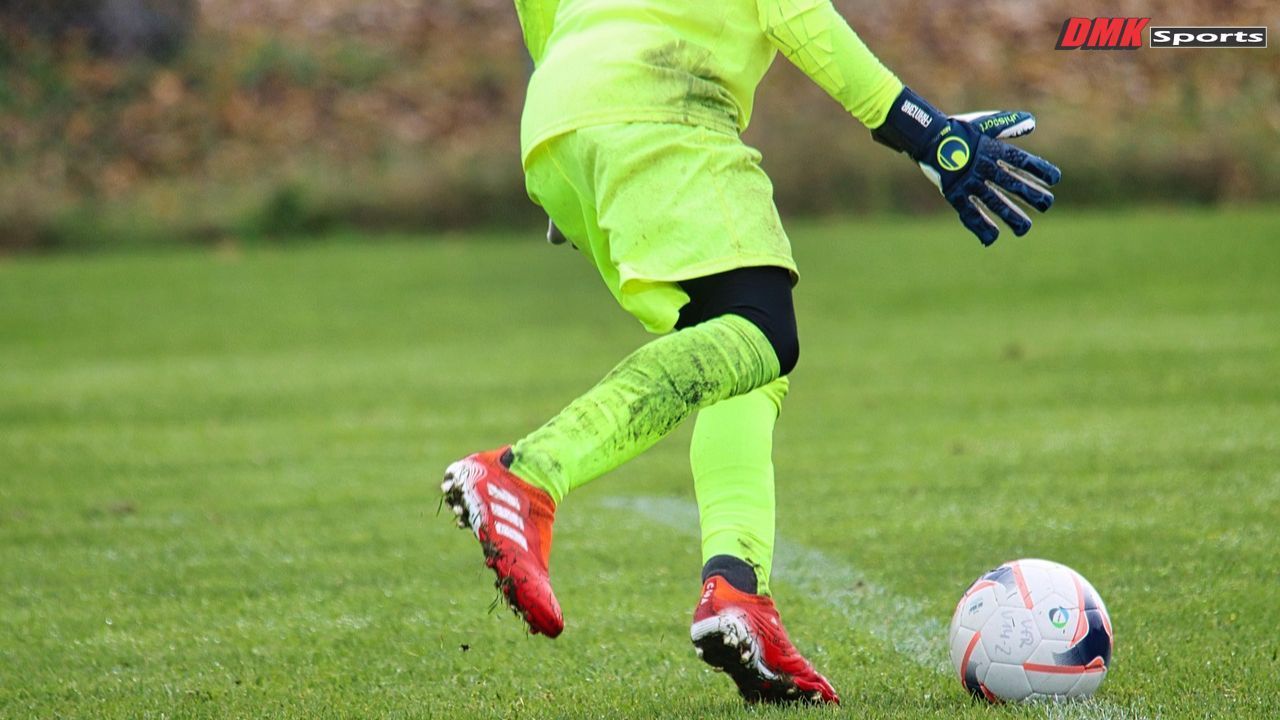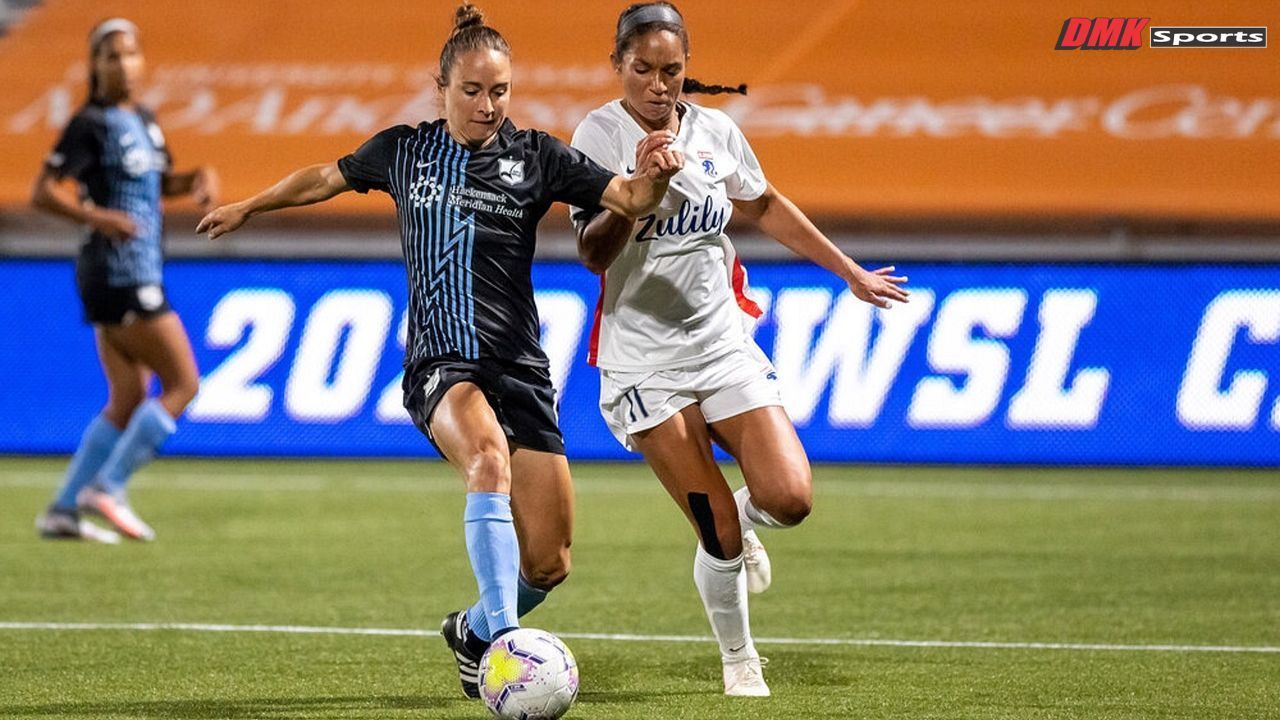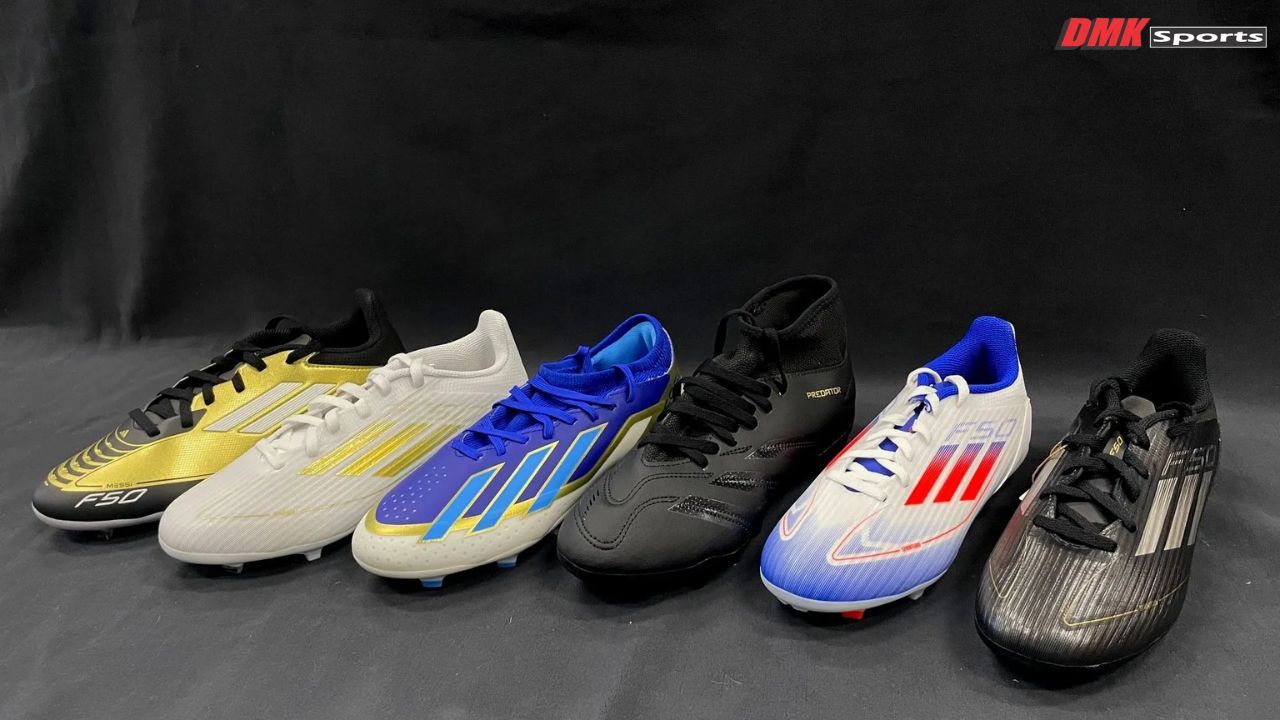How Soccer Cleats for Strikers Improve Balance, and Accuracy
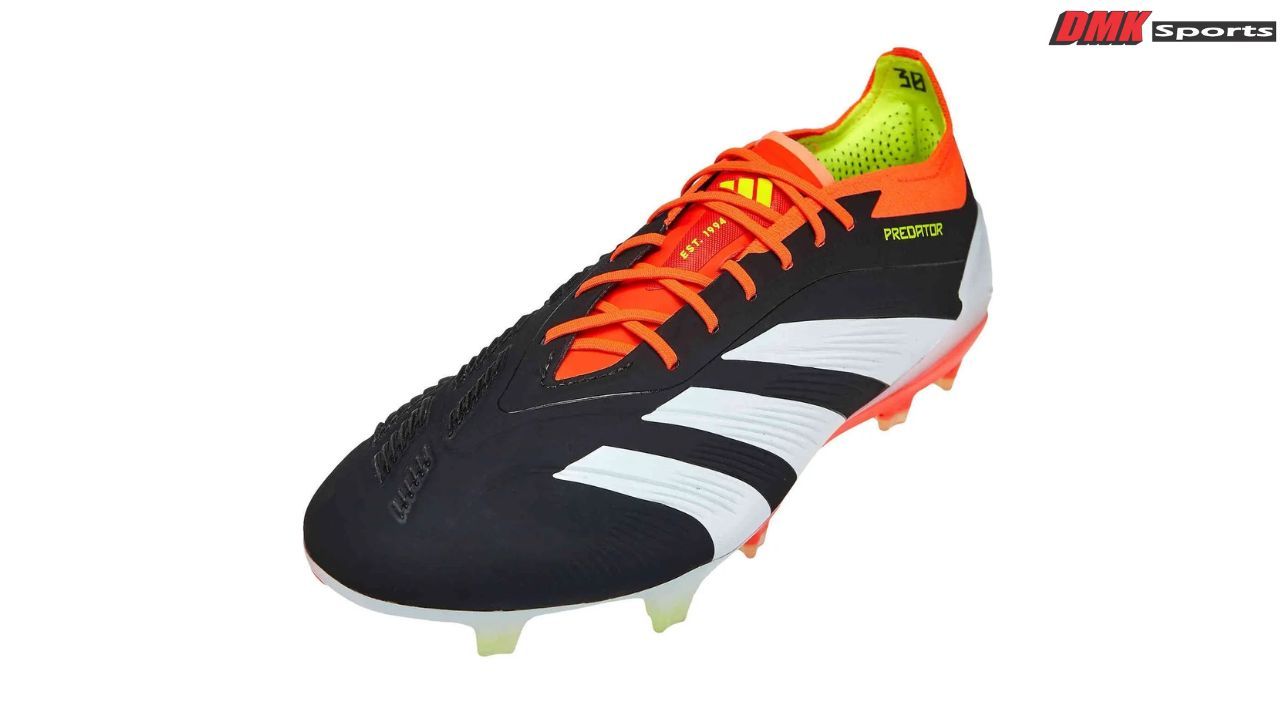
Strikers in soccer play an important role in scoring goals and creating chances for their team. To perform at their best in this position, strikers need the right gear, and one of the most important pieces of equipment is their soccer cleats.
If you’re a striker, the right pair of soccer cleats for strikers can help improve your balance, accuracy, and overall performance. Read on to know more about how soccer cleats designed for strikers can improve these key aspects of the game.
The Role of Balance in a Striker's Performance
Balance is important for any soccer player, especially when it comes to strikers. Good balance helps strikers stay in control of the ball while making quick turns, fast sprints, and sudden stops.
A striker who has good balance can react quickly to changes in the game and get into better positions to receive passes or take shots.
How Soccer Cleats Support Balance
Soccer cleats for strikers are specially designed to have features that help improve balance. Here are some ways these cleats provide better support:
- Stable Soleplate: Strikers need cleats with a stable soleplate that gives them a solid base. A strong soleplate helps distribute the striker's weight evenly, making it easier to maintain balance during sharp cuts and sudden stops.
- Low-Cut Design: Many soccer cleats made for strikers have a low-cut design that allows for more movement in the ankle. This gives strikers more freedom during quick changes in direction, while still offering enough support to stay balanced.
- Better Ground Contact: Striker cleats usually have multi-directional studs that offer good traction. The increased grip on the ground helps strikers maintain balance even when they are moving quickly or pivoting.
Improving Accuracy with the Right Soccer Cleats
Accuracy is one of the most important skills for a striker. Whether it’s finishing a pass, taking a penalty, or hitting a long shot, precision can make the difference between a goal and a miss, contributing to the overall team’s performance. The right soccer cleats can have a big impact on a striker's ability to hit their target with accuracy.
How Cleats Designed for Precision Help
Striker-specific cleats help improve ball control and accuracy. Here are a few ways these cleats help with shooting and passing:
- Grip and Traction: Cleats with a strategic stud pattern give strikers better grip, which allows them to apply more power and precision to their shots. The right amount of traction ensures the striker can push off properly, resulting in more accurate passes and shots.
- Material of the Upper: The material of the cleats’ upper plays an important role in accuracy. Cleats made from synthetic leather or knit fabric give the striker a better feel for the ball. The texture on the upper of the cleats helps improve grip, making it easier to strike the ball more accurately.
- Soft Padding: Many striker-specific cleats have a soft, padded area over the dedicated strike area. This helps cushion the foot when it contacts the ball, giving the striker more control over the shot. The right balance of padding allows for both accurate shots and powerful kicks.
Choosing the Right Soccer Cleats for Strikers
When looking for cleats, strikers should consider a few important factors. Here are some key points to think about when selecting cleats:
1. Comfort and Fit
Strikers need cleats that fit comfortably, especially since they will wear them for long periods during practices and games. A snug fit that molds to the foot is important for comfort and performance.
- Flexible Design: Cleats made with flexible uppers that mold to the foot offer both comfort and quick movement. This type of design allows strikers to move more freely, leaving no room for discomfort from tight spots or loose areas. Note that you need to invest in the right size to get optimal benefits.
- Secure Lacing System: A good lacing system helps the cleats stay in place and provide a customized fit. Some cleats have an asymmetrical lacing design, which helps avoid pressure points on the foot, ensuring comfort during fast movements.
2. Traction and Stability
Good traction is critical for strikers, as it helps them move quickly and maintain balance. Soccer shoes for strikers require the right stud pattern to give strikers the best support on different playing surfaces.
- Firm Ground Cleats: Cleats for firm ground are often preferred by strikers because they offer the best traction on natural grass. The stud pattern helps provide stability and allows the striker to make quick, powerful moves.
- Artificial Turf Cleats: Cleats designed for artificial turf have smaller studs to provide better traction on synthetic surfaces. These cleats allow strikers to maintain balance on synthetic grass, reducing the risk of slipping or losing control.
3. Durability
Striker cleats must be durable, especially because they are exposed to a lot of wear and tear. Cleats made from durable materials last longer, even after many uses.
- Strong Materials: Many cleats for strikers are made with durable synthetic leather or advanced fabrics. These materials help the cleats withstand hard use, whether on a grass field or artificial turf.
- Reinforced Areas: Striker cleats often have reinforced areas around the toe, heel, and sides. These reinforcements protect the cleats from damage and help extend their lifespan, ensuring that they hold up through many games and practices.
Popular Soccer Cleats for Strikers
There are several brands that design cleats specifically for strikers. Below are some of the top options of soccer shoes for strikers that improve balance, accuracy, and overall performance of strikers.
1. Adidas Predator Freak
The Adidas Predator Freak is a popular choice for strikers. It has a textured upper that provides excellent grip, making it easier for strikers to control the ball. The cleat’s stud pattern offers good traction on firm ground, allowing strikers to move quickly and make accurate passes and shots.
2. Nike Mercurial Superfly 8
The Nike Mercurial Superfly 8 is designed for speed and precision. The cleats have a Flyknit upper that fits tightly around the foot, giving strikers a better feel for the ball. The soleplate provides great traction for explosive speed and rapid direction changes, making it a great option for strikers who rely on agility.
3. Puma Future Z 1.2
The Puma Future Z 1.2 is known for its custom fit and support. It features a compression band for a secure fit and a grippy soleplate for excellent traction. The textured upper also helps with ball control, ensuring that strikers can strike the ball with precision and power.
Conclusion
For strikers, having the right cleats can make a huge difference in their performance on the field. Soccer cleats designed for strikers offer many benefits, from improved balance and accuracy to better traction and comfort.
Whether you’re playing professionally or just for fun, the right pair of soccer cleats will help you move with speed, control the ball with precision, and make more accurate shots.
By choosing the right soccer cleats, strikers can enhance their ability to perform at their best. The perfect pair of cleats will help you improve balance, accuracy, and overall performance, making you a more effective player on the field.
DMK Sports is a family-owned premium soccer store where you can buy high-quality soccer gear, including soccer cleats, soccer balls, soccer jerseys, and more, at competitive pricing.
- Shop only the best soccer gear from the largest soccer gear store in all of Rhode Island, South Eastern Massachusetts, and Eastern Connecticut. You can also opt for custom apparel for your soccer team at the best prices.
Thank you for reading our guide on selecting the best soccer cleats for speed. For more expert tips and premium soccer gear, please visit DMK Sports Blog and shop at DMK Sports.
Related Posts:
- How to Pick the Best Indoor Soccer Shoes for Your Playing Style
- How to Choose the Best Soccer Cleats
- The Benefits of Laceless Soccer Cleats
- Best Soccer Cleats for Defenders
